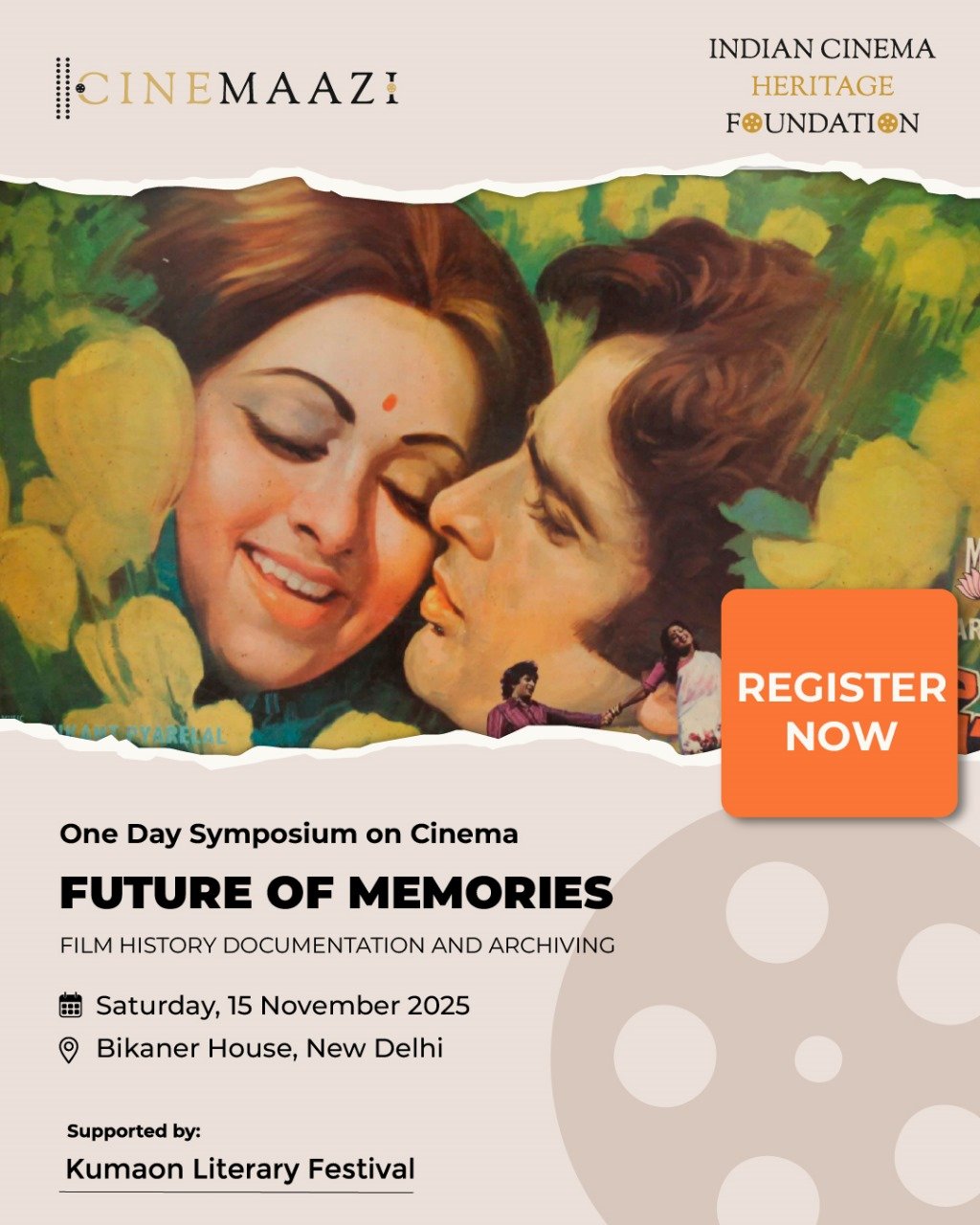Mohan Sherry
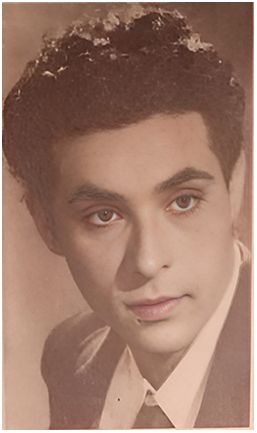
Subscribe to read full article
This section is for paid subscribers only. Our subscription is only $37/- for one full year.
You get unlimited access to all paid section and features on the website with this subscription.
Not ready for a full subscription?
You can access this article for $2 , and have it saved to your account for one year.
- Real Name: Gulsher Khan
- Primary Cinema: Hindi
Mohan Sherry was a dedicated and resilient actor who carved a unique niche in Hindi cinema by portraying a wide range of negative characters—sinister magicians, deceptive henchmen, or small-time gangsters. His journey in cinema is one of perseverance and transformation, a slow but steady rise from the margins of low-budget fantasy and stunt films to respected roles in mainstream productions.
Born as Gulsher Khan in the small town of Nahan in Himachal Pradesh, his early life took several detours before he entered the world of cinema. For his schooling, he moved to Delhi to live with relatives, and later to Lahore, where he trained in the craft of shoemaking. It was in Lahore that he got his first taste of cinema, appearing in a small role in Aansu Ki Duniya (1935). However, this did not lead to further opportunities, and he eventually moved to Bombay, where he opened a small hotel to sustain himself.
Nicknamed “Sherry” since his youth, he used this as his screen name when he began working in films. In 1953, after collaborating with writer Nakhshab, he added "Mohan" to his name—thus becoming Mohan Sherry, the persona known to film audiences.
Tall and broad-shouldered, with curly hair, a striking presence, and a deep bass voice, Sherry had all the visual markers of a screen villain. He was expressive before the camera, agile in action sequences, and had a flair for body language and gesture. These attributes made him a natural fit for the roles offered to him in the Bombay film industry at the time—particularly in the realm of stunt, costume, and fantasy films.
Unfortunately, no mainstream filmmakers took him seriously at first. Instead, he was routinely cast in the so-called C-grade stunt, mythological, or oriental fantasy films that were made on minimal budgets. He played the familiar rogues figures: the evil magician, the unscrupulous adviser to the emperor, the cunning and cruel king, or some other deceitful character. His early work included roles in films like Tarzan Aur Jadugar (1963), Tilasmi Duniya (1962), Jadui Anguthi (1964), Son of Hatimtai (1965), Tatar Ki Hasina (1968), Elephant Queen (1961), Wazir-e-Azam (1961), Khufia Mahal (1964), and Jantar Mantar (1964).
In Jantar Mantar (1964), for instance, he played Jaadugar Kankaal where his over-the-top performance, complete with garish costumes and eccentric dialogue, stood out in a film otherwise marked by absurd plotlines and low production values. Despite the limitations, Sherry brought a kind of sincerity and commitment to these roles, using his voice, physique, and presence to elevate even the most routine scenes.
As the 1960s progressed, the popularity of these films began to wane. Audiences were no longer interested in magical worlds and fantasy kingdoms. Filmmakers pivoted to crime thrillers and spy films that resonated more with contemporary sensibilities. For Sherry, this shift proved fortuitous. He transitioned into low-budget crime films where he played unprincipled, law-breaking gangsters and shady nightclub patrons. These roles allowed him to move out of ornate robes and into lounge suits, flashy T-shirts, and sunglasses—adopting the look of the modern, westernized villain. It became common to see him in club scenes, lounging in the background while dancers like Helen, Madhumati, or Jayshree T performed western-style cabaret numbers.
Despite the formulaic nature of these crime flicks, Sherry’s stylish gestures, charismatic screen presence, and flawless delivery made an impact. His ability to emote convincingly, even in repetitive scenarios, set him apart. Filmmakers who mattered began to take notice. Slowly, he began getting opportunities in more mainstream films, even if only in small roles. And when the chances came, he did not disappoint. He proved himself versatile, adapting effortlessly to more polished productions while retaining his distinctive on-screen edge.
He soon appeared in crime dramas like Gunah Aur Kanoon (1970), Begunah (1970), Gehra Raaz (1971), Ehsan (1970), Dagabaaz (1970), C.I.D. 909 (1967), and C.I.D. Agent 302 (1968). Despite the presence of experienced character actors like Sham Kumar, Rajan Haksar, Rajen Kapoor, Ram Mohan, Samson, and Uma Dutt, Sherry stood out with his grounded, no-nonsense approach.
The 1970s marked a major turning point. As gritty action films dominated the box office, Sherry’s brand of subtle menace found greater acceptance. He was cast in films by some of the most respected directors in the business—Yash Chopra, Vijay Anand, Ramesh Sippy, Premji, Prakash Mehra, Harmesh Malhotra, Raj Khosla, Mahesh Bhatt, and Devendra Goel.
One of his most memorable roles came in Trishul (1978), where he played Gangu Dada, a small-time don whose presence added color to the ensemble. But perhaps his best-known appearance remains in Deewaar (1975), where he played one of Peter’s henchmen. The confrontation between his character and Amitabh Bachchan’s Vijay in a gritty warehouse fight was brief, but it underscored the rising tension and grit of the underworld narrative. His work added depth to even fleeting moments.
Throughout the 1970s and early 1980s, Sherry was a regular feature in big productions: Ek Mahal Ho Sapnon Ka (1975), Hera Pheri (1976), Khoon Pasina (1977), Kaala Patthar (1979), Lahu Ke Do Rang (1979), Dostana (1980), Shaan (1980), Ram Balram (1980), and Rajput (1982), among many others. His ability to hold his own in ensemble casts, often with just a handful of lines, made him a dependable presence.
What set Mohan Sherry apart was his refusal to overact. At a time when many villains relied on caricature, Sherry brought a sense of realism and restraint. He didn’t need theatrical makeup or booming monologues to leave an impression. His quiet intensity, commanding voice, and dignified body language made even his most villainous characters believable.
Though he never played the lead, Mohan Sherry’s story is one of endurance and adaptability. From anonymous appearances in low-budget films to small but impactful roles in some of Hindi cinema’s most iconic hits, he embodied the journey of the working actor—someone who never let ego get in the way of the craft.
Today, he remains a hidden gem of Hindi cinema, whose career spanned a total of 50 years, and is fondly remembered by cinephiles who appreciate the art of supporting performances. His legacy is a reminder that even in the shadows of stardom, there is space to shine.
References
Mayapuri Edition 390
-
Filmography (65)
SortRole
-
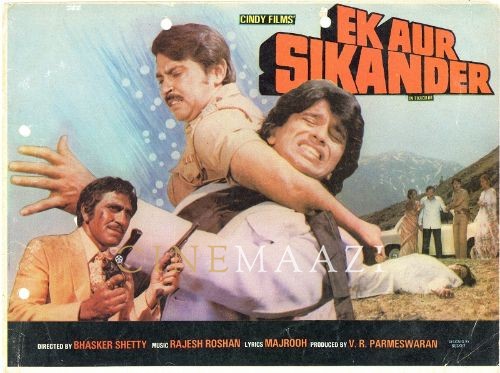
Ek Aur Sikander 1986
-
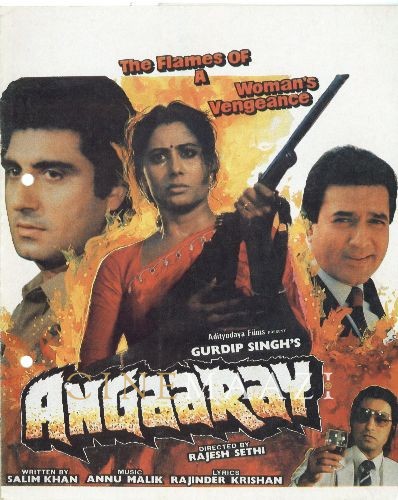
Angaaray 1986
-
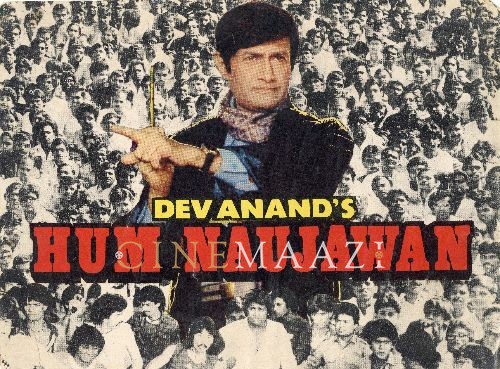
Hum Naujawan 1985
-

Pet Pyar Aur Paap 1984
-
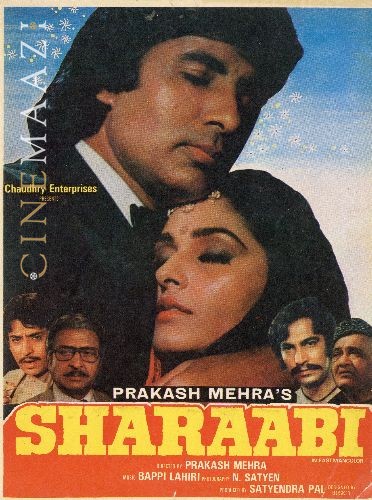
Sharaabi 1984
-

Mangal Pandey 1983
-
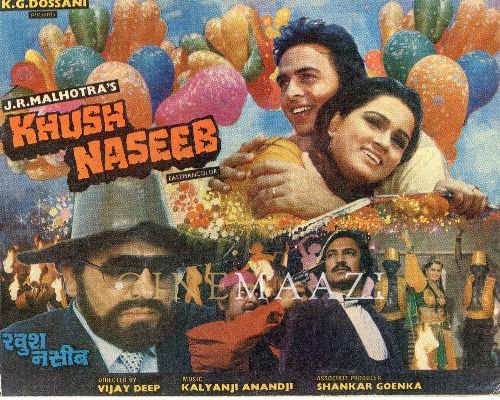
Khush Naseeb 1982
-
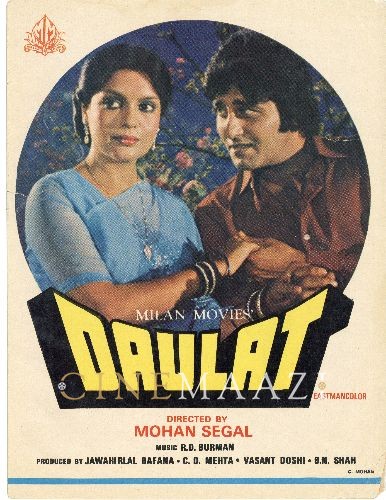
Daulat 1982
-
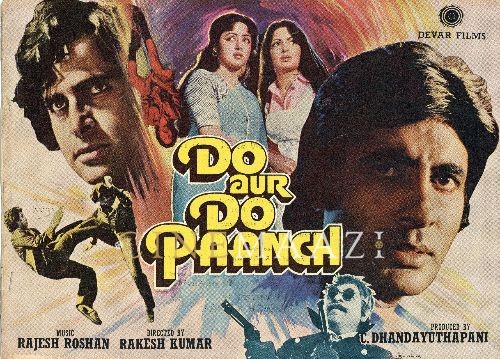
Do Aur Do Paanch 1980
-
Dostana 1980





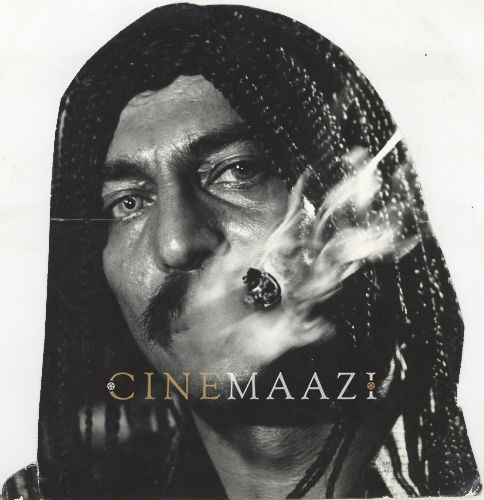

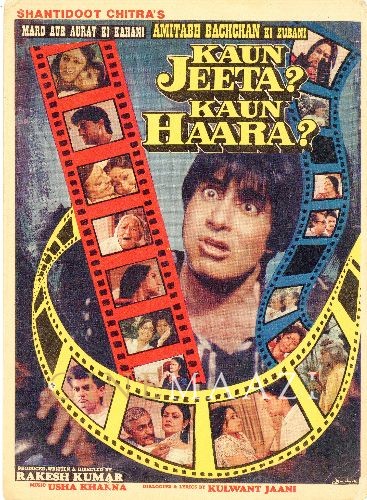

.jpg)


